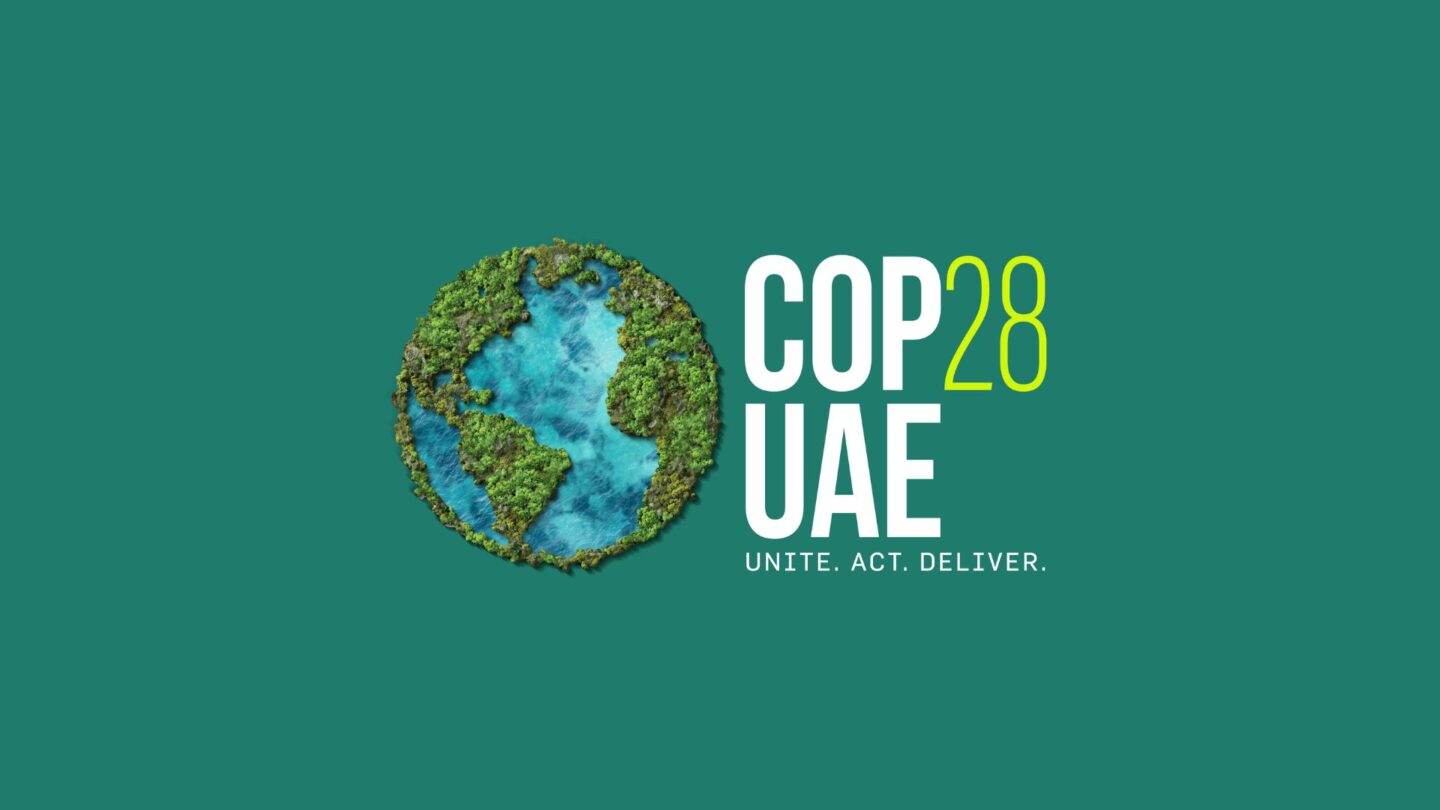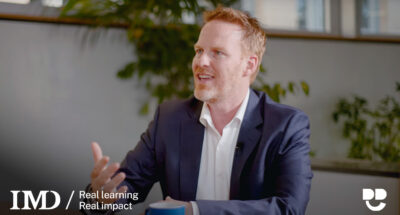Without clear pathways to achieving net-zero emissions, governance frameworks, or proper assessments of their current emission levels, companies are at risk of negative market reactions when investors realize that the goals they have stated are unachievable. They may also incur higher energy costs, higher costs of capital, and market share losses to more climate-aware competitors.
Regulation is key to open the way for them to innovate with the new business models required.
The more partnerships the better: it’s about ecosystems, not individuals
Natalia Olynec, IMD’s Chief Sustainability Officer, says she was really inspired by the amount of non-traditional partnerships on display at COP28. “More emphasis is clearly being put on connecting partners throughout supply chains and ecosystems, and that’s the only way we can achieve change,” she says.
“The convening power of COP28 has been extraordinary,” she adds. “It’s easy to be cynical and many people have justifiably been concerned about the oil lobby, greenwashing and virtue signalling. But I’m convinced that we are at an inflection point where business is now required to address the topic of climate.”
Thematic days at COP28 focussed on gender and education, for instance – which, Olynec says, was an acknowledgement that climate is interconnected with many different issues and especially with social impact. The concept of a just transition was front and center, and she felt that the need to engage women and minorities seemed more deliberate than ever before.
“What also struck me at this COP was the overwhelming involvement of business, at an event that is traditionally focussed on governments negotiating. Business is key to the success of the transition, so I’m encouraged about how many businesses are now at the table and see this as an opportunity for innovation, new business models, engaging employees, attracting and retaining talent. Everyone is involved in this agenda for different reasons, of course.”
The launch at the conference of the Business Schools for Climate Leadership (BS4CL) Middle East cluster of business schools – part of the wider BS4CL ecosystem, a strategic alliance that aims to drive climate action and sustainability – in a region characterized by unique challenges, demonstrated how organizations are collaborating to strengthen efforts. Corporate, government and academia form a potent combination when it comes to effecting change from the ground up.
Climate finance is an opportunity but also a conundrum
Partnerships were also on display in the form of blended finance, bringing together public and private lenders to form one source of climate finance, which combines official development assistance with other private or public resources, in order to leverage additional funds from other actors while removing some risk for private finance.
Donors including the Bezos Earth Fund joined forces to launch the Allied Climate Partners investing platform at the conference, with an aim of generating $11 billion in investments in developing countries. The UAE is known for its commercially driven, innovative blended finance solutions.
“Climate finance is a great opportunity for the world; it is going to need fresh energy sources and to invest in developing economies for them,” says IMD Professor of Finance Arturo Bris. “But who is going to finance this? Certainly, governments can’t work by themselves to do so; they need private sector capital. But at the same time, the private sector will want its returns. One pressing issue as we move on from COP28 will be to continue looking into how to resolve climate finance issues without imposing the matter on taxpayers.”
Fresh ideas for SMEs
SMEs featured heavily at this COP, with a focal point being where they are in their green transition.
“Often eclipsed by the big-ticket polluters (oil, gas etc), SMEs represent more than 90% of businesses and about 40% of greenhouse gas emissions (at least in Europe). They have been neglected for too long in their financial transition needs,” says IMD Professor of Finance Salvatore Cantale.

Audio available









